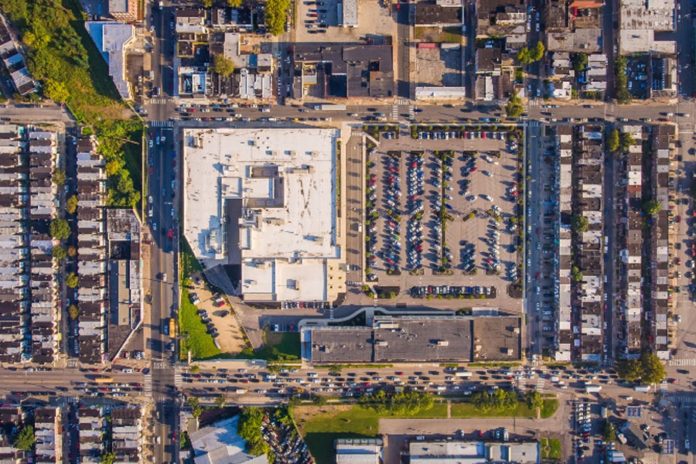According to the results of the 2020 Census (as reported by the Philadelphia Inquirer in August 2021), Latinos are one of the leading drivers of Philadelphia’s growth. While the overall population of the city and surrounding counties grew by 5% since the previous Census count, “the Hispanic population grew by 36%.” In real numbers, the Hispanic population in the region increased by 50,700 people. In a country with over 60 million Latinos – representing almost 19% of the population – Philadelphia has nearly 250,000 Latino people, or 15% of the city’s residents.
And yet, Latinos are still woefully underrepresented in government, at all levels – city, state and federal. In the city of Philadelphia, only one of 17 Council members is Hispanic. There are only 4 Hispanics of the total 203 members in the state House of Representatives – 2 representing districts in North Philadelphia, one in Abington Township, and one in Reading.
We also know that Latinos in Philadelphia are moving from their historic neighborhoods due to gentrification and displacement. Data from various sources shows Latinos are moving further north and east, as development pushes them out of their longtime homes in Kensington, Fishtown, and Norris Square, among others. Increasingly, Latino Philadelphians are settling in Port Richmond, Oxford Circle, and the far northeast.
These shifts have great significance when it comes to elected leadership and political representation. As Latino communities grow and move, the landscape of elected leadership in Philadelphia should reflect these changes. The redistricting process, currently underway at all levels of government, is a once-in-a-decade opportunity to reflect the geographic realities of different constituency groups. Philadelphia’s new lines are being drawn now for the next ten years, and they will be finalized in the next few weeks.
Now is the moment for Philadelphia’s Hispanic community to get appropriate representation by advocating for additional districts that represent our neighborhoods and community members. In addition to the 197th and 180th Pennsylvania House districts and the 7th Councilmanic districts, new districts should be formed to the north and east, to reflect Hispanic population growth and migration. The Pennsylvania state Constitution requires political districts to be “compact, contiguous, [and] preserve political subdivisions.” This means that by law, new political districts must reflect the demographics of their area, and in the case of neighborhoods characterized by particular ethnic groups, the district must reflect that group of people and their common interests.
It’s time for our city and state governments to look at where Latinos are living in Philadelphia, assess how the reality has changed since 2010, and draw new lines accordingly. While Latinos still living in Hunting Park, Juniata, Feltonville, and other nearby neighborhoods have the benefit of Latino leadership representing them, the Latinos being pushed from the southern neighborhoods are at risk of being left without political advocates. Latinos that have been displaced from their neighborhoods into the river wards and the far northeast should not be isolated politically but should be accounted for and provided the ability to choose their own representation. While many advocacy groups across the city – like the Committee of Seventy, Latino Lines, and others – draw proposed versions of new maps to offer guidance to our elected officials, the demographics of the city should guide the conversation. We as Latinos in Philadelphia urge our elected officials in the city and state to ask only one overarching question when redrawing our maps: Where are Latinos and other ethnic groups residing, and how can we give them the representation they deserve?







